-
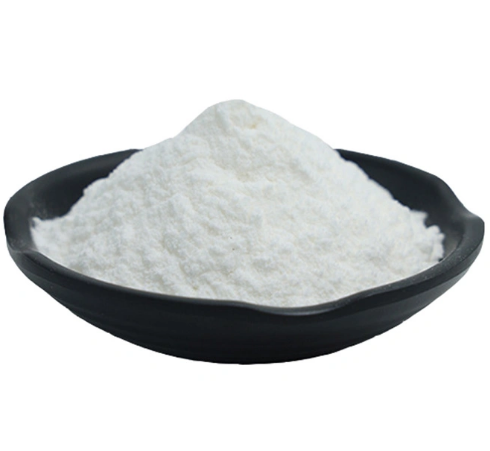
Uridine-5′-triphosphoric acid trisodium salt CAS:19817-92-6
Uridine-5′-triphosphoric acid trisodium salt is a nucleotide derivative. It is involved in various biochemical processes such as the synthesis of RNA, serving as a precursor for nucleic acid synthesis and as an energy source for biochemical reactions. Its role in cellular metabolism makes it an important component in the study of nucleic acid biochemistry and molecular biology. Uridine-5′-triphosphoric acid trisodium salt is also used in research and pharmaceutical applications related to nucleotide analogs and nucleic acid-based therapies.
-
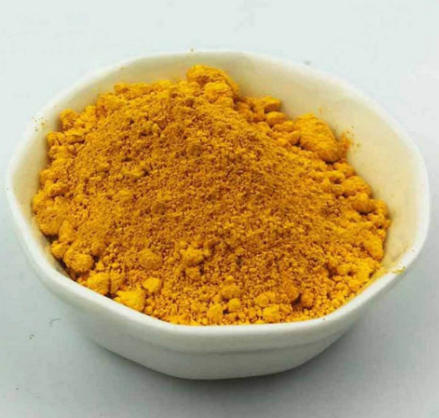
Gold (III) potassium chloride dihydrate CAS:13682-61-6
Gold (III) potassium chloride dihydrate is a chemical compound with the formula AuKCl4·2H2O. It is a coordination complex consisting of gold (III) ions, potassium ions, chloride ions, and water molecules. This compound is often used in chemical synthesis and research applications.
-
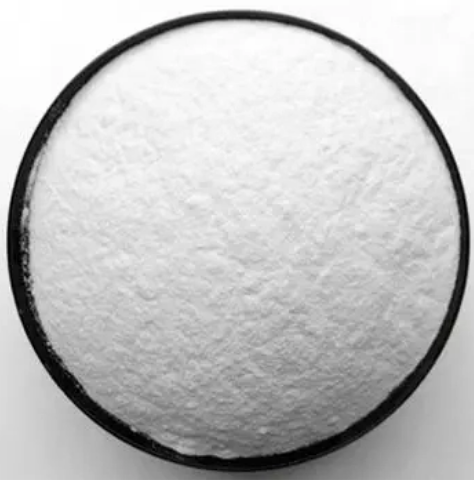
Cytidine CAS:65-46-3 Manufacturer Price
Cytidine is a nucleoside molecule composed of cytosine and ribose. It is one of the building blocks of RNA and plays a fundamental role in the genetic code and gene expression. Additionally, it can be converted into cytidine triphosphate, a molecule that is essential for nucleic acid synthesis and energy transfer in cells. Cytidine also has potential therapeutic applications in cancer treatment and antiviral therapies.
-

Palladium CAS:7440-05-3 Manufacturer Price
Palladium is a rare, lustrous silver-white metal that belongs to the platinum group of elements. It is known for its remarkable catalytic properties, which make it a vital component in a wide range of industrial and technological applications. Palladium is used in catalytic converters to reduce harmful emissions from vehicle exhaust, as well as in the production of electronics, dentistry, jewelry, and chemical catalysts.
-

dCTP, 2′-Deoxycytidine-5′-triphosphoric acid disodium salt CAS:102783-51-7
2′-Deoxycytidine-5′-triphosphoric acid disodium salt is a nucleotide analog that serves as a precursor in DNA synthesis. It is used in molecular biology research and in studies related to genetics and genetic processes. This compound plays a crucial role in DNA replication and transcription, making it an important tool for understanding genetic mechanisms and developing potential therapeutic interventions.
-
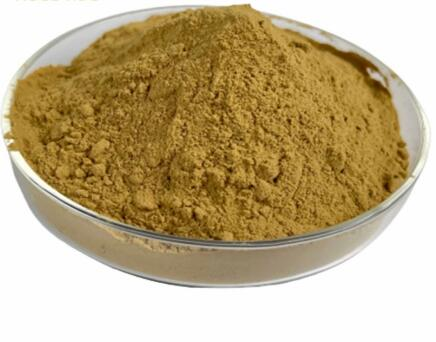
Gold(III) oxide CAS:1303-58-8 Manufacturer Price
Digold trioxide, also known as gold(I,III) oxide, is a rare compound with the chemical formula Au2O3. It is not a well-characterized substance, and there is limited information available about its properties and applications. This compound is noteworthy due to the unusual 1:1 ratio of gold ions in different oxidation states (Au(I) and Au(III)).
-
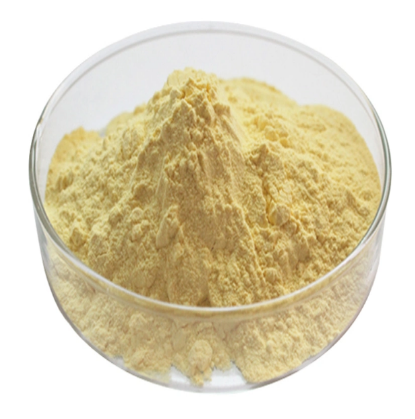
Silver carbonate CAS:534-16-7 Manufacturer Price
Silver carbonate is a chemical compound with the formula Ag2CO3. It is a white solid that is sparingly soluble in water. Silver carbonate has applications in organic synthesis as an oxidizing agent for various reactions. Additionally, it is used in some analytical chemistry procedures. Due to its low solubility, it can also be utilized as a pigment in pottery and ceramics.
-

Doxifluridine CAS:3094-09-5 Manufacturer Price
Doxifluridine, also known as 5-Fluoro-2′-deoxyuridine, is a nucleoside analog with potential antineoplastic activity. It is converted to its active form, 5-fluorouracil (5-FU), in tumor cells, where it inhibits DNA synthesis and induces cell death. Doxifluridine may be used in the treatment of various cancers, including colorectal cancer, when other treatments are not effective.
-
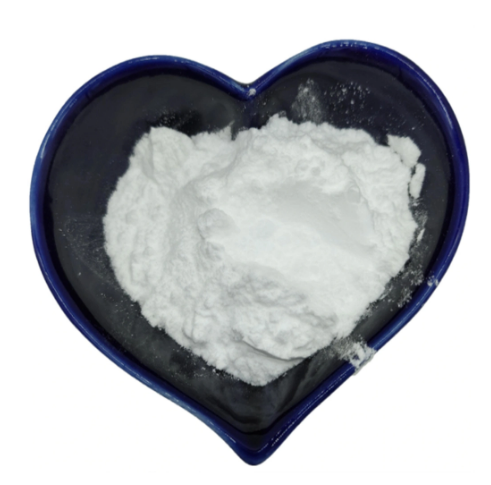
Guanine hydrochloride CAS:635-39-2
Guanine hydrochloride is a chemical compound composed of guanine, one of the four nucleobases found in DNA and RNA, and hydrochloric acid. It is commonly used in biochemical and molecular biology research as a source of guanine for studies on nucleic acids and as a supplement in cell culture media. Its role in the laboratory setting includes serving as a substrate for enzymatic reactions and as a component in various experimental protocols.
-
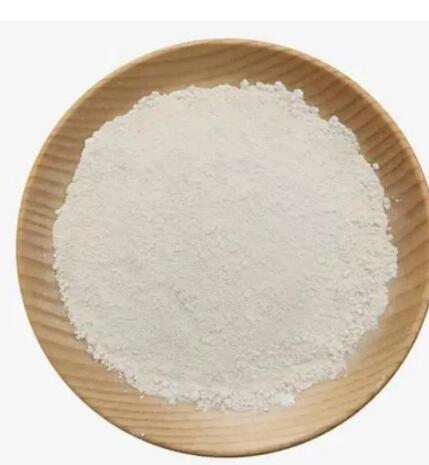
Deoxyribonucleic acids,fish sperm CAS:100403-24-5
Deoxyribonucleic acid (DNA) is a molecule that carries genetic instructions for the development, functioning, growth, and reproduction of all known living organisms. It is composed of two strands that coil around each other to form a double helix structure. DNA is found in the nucleus of cells and is a key component in the inheritance of traits from one generation to the next.Fish sperm, or milt, is the seminal fluid of male fish, which contains sperm cells. It plays a crucial role in the fertilization of fish eggs. Fish sperm is of interest in scientific research due to its unique characteristics and potential applications in various fields, including aquaculture and biotechnology.
-
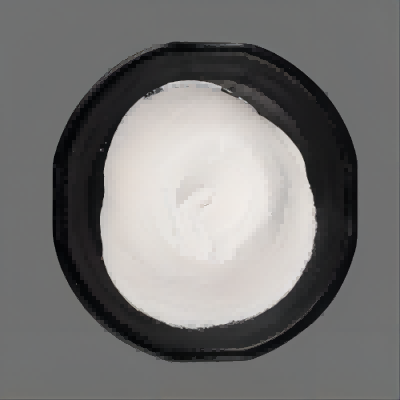
Carboxy methyl Cellulose (CMC) CAS:9004-32-4 Manufacturer Supplier
Sodium carboxymethyl cellulose is a water-soluble polymer. As a solution in water, it has thixotropic properties. It is useful in helping to hold the components of pyrotechnic compositions in aqucous suspension (e.g., in the making of black match). It is also an especially effective binder that can be used in small amounts in compositions, where the binder can intcrfere with the intended effect (e.g., in strobe compositions). However, its sodium content obviously precludes its use in most color compositions. Sodium carboxymethyl-cellulose is manufactured from cellulose by various proccsses that replacc some of the hy drogen atoms in the hydroxyl[OH] groups of the cellulose molecule with acidic carboxymethyl [-CH2CO.OH] groups,which are neutralized to form the corresponding sodium salt. Sodium carboxymethyl cellulose is white when pure; industrial grade material may be grayish-white or cream granules or powder.
-

Disodium 5′-Inosinate CAS:4691-65-0 Manufacturer Supplier
Disodium 5′-ribonucleotide is obtained by decomposing and separating nucleic acid obtained from yeast; or by fermentation. This product is mainly composed of disodium 5′-guanylate and 5′-inosinic acid, and its properties are also similar. It is a white to beige crystal or powder, odorless, delicious, and sodium glutamate. There is significant synergy in the combination, and the freshness is greatly increased. Soluble in water, slightly soluble in ethanol and ether. Disodium uridine diphosphate and disodium 5′-disuccinic acid show weaker odor.A 5 ′ -nucleotide derived from seaweed or dried fish. Sodium guanylate is a by-product.

